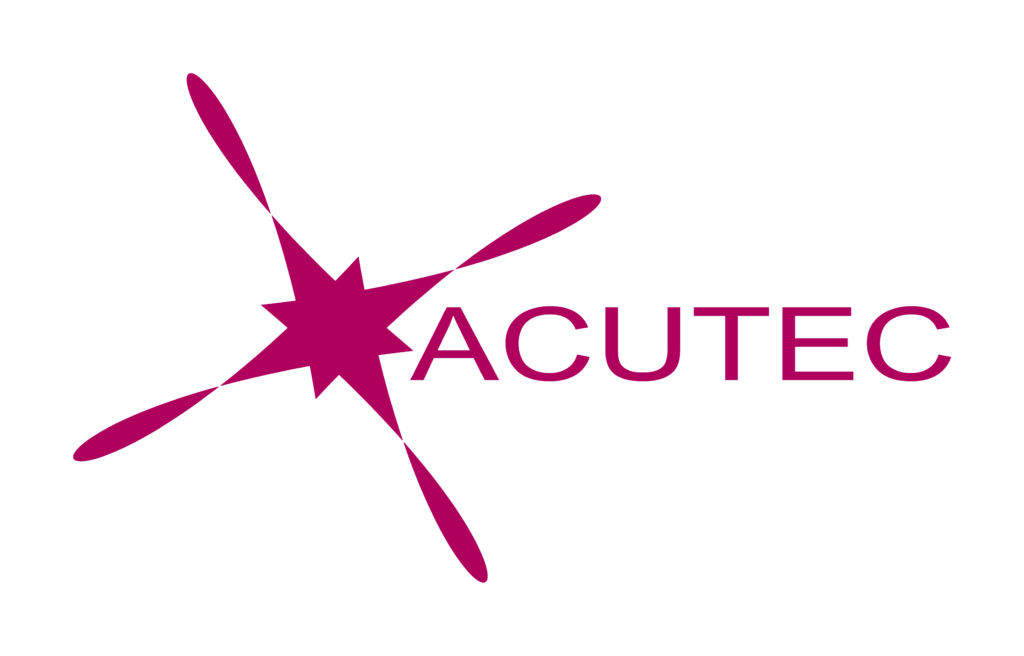The beauty of IT support is that there’s no one size fits all approach. IT support can be tailored to perfectly suit your business and what you need. Whether you’re in a regulated industry and need the latest security and compliant systems, or you just need everyday support, there are options to suit all.
Businesses will often opt for either a reactive or a proactive approach to managing their IT. But what are the differences between reactive and proactive IT support? And which is the right fit for your business?
What is Reactive IT Support?
Reactive IT support is when your IT team reacts to problems with your hardware and software. For example: if a server goes down, your IT provider will do what they need to do, to get it back up and running. They are reacting to problems as they’re being reported, hence the name ‘reactive’ IT support.
Reactive IT support is vital to the upkeep of your business. Sometimes things happen to your IT that are difficult to predict. Knowing that help is only a phone call or email away is crucial to get back up and running.
What is Proactive IT Support?
Rather than reacting to problems, proactive IT support takes a different approach. Proactive aims to prevent IT problems rather than fix them – after all, prevention is better than a cure.
Proactive support identifies and resolves possible issues before they become a problem. A lot of processes are automated, and various bits of technology are used to keep track of IT systems.
Proactive IT support will often include:
- Patch management
- Updates
- Antivirus
- Licensing
- Monitoring end-user workstations and servers
- Setting thresholds
- System optimisation
- General ongoing maintenance
Benefits of Proactive IT Support
System efficiency: Proactive support means you’ll have round-the-clock monitoring. Rest assured that your systems remain malware-free and run faster and more efficiently.
Reduced downtime: with tools monitoring for problems, many issues are resolved before they affect your staff.
Decision making: Make more informed decisions about your IT infrastructure, based on data that your managed service partner has gained through automated tools and presented in an easy-to-understand format.
Strategy: Plan your technology over the coming months, rather than reacting to problems as they happen
Disaster recovery: Benefit from robust disaster recovery plans to ensure that, if a fire, flood or cyber-attack occurs, your business will be able to deal with it efficiently, your data will be protected and you’ll be back up and running.
Reactive vs Proactive Support: Which is better?
Both reactive and proactive support can be a great benefit to your business. If you have few IT needs, reactive support could be the right option for you. You should consider the worst-case scenarios. If your systems went down, how long could you survive without business-critical data? If you cannot afford a significant amount of downtime, proactive might be the option for you.
A combination of reactive and proactive support is probably the sweet spot for most businesses. An IT team with the resources to fix day-to-day issues and keep track of monitoring tools can deal with most IT problems as they arise.
Looking to benefit from proactive IT support? Get in touch with ACUTEC to see how we can help.

